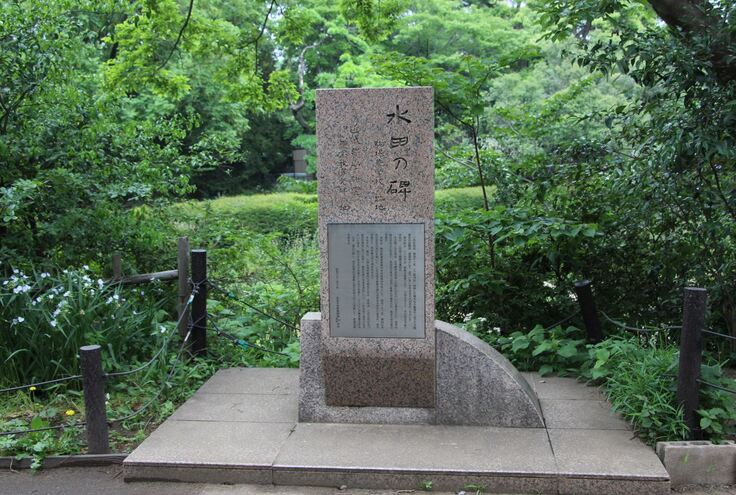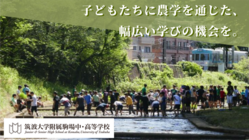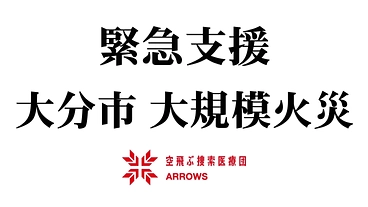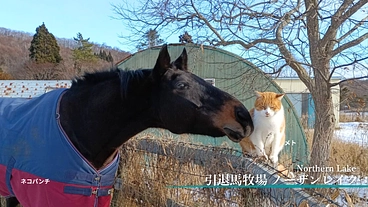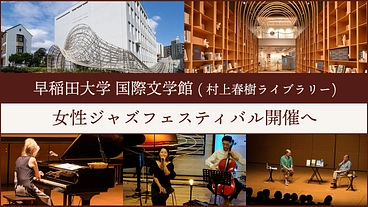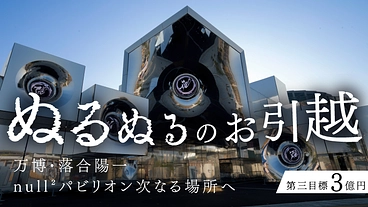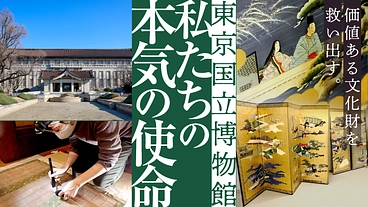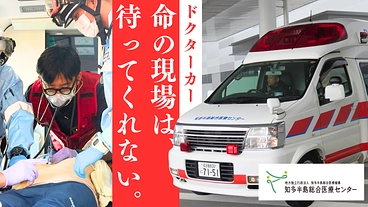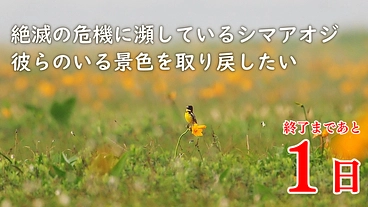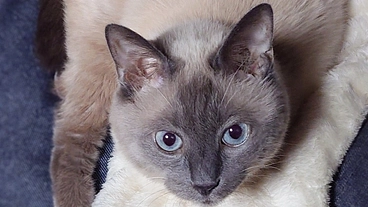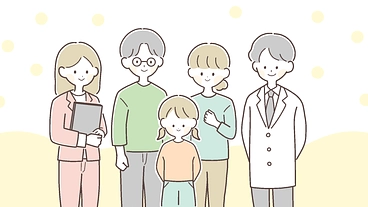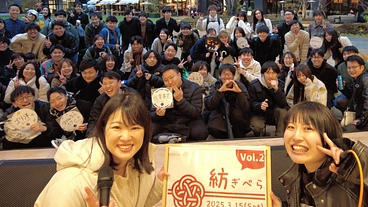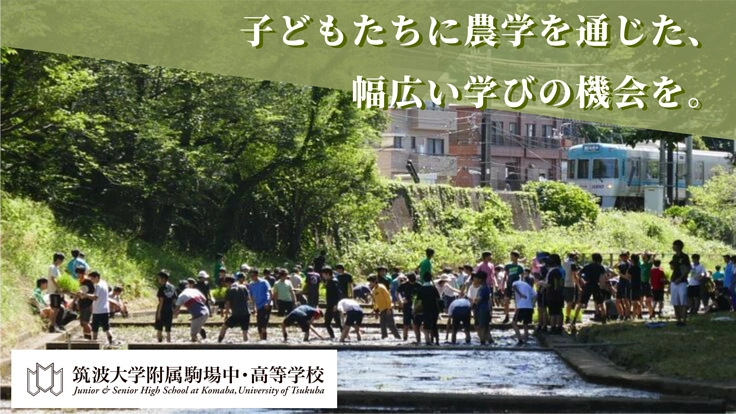
寄付総額
目標金額 28,000,000円
- 寄付者
- 1,264人
- 募集終了日
- 2022年7月31日
English Page
>How to Support by Credit Card<
The first experimental field in Japan was the Kellner rice field.
Our school plays the role of continuing its history since it was created in 1878.
The Kellner rice field in Komabano Park, Meguro-Ku, was founded as part of the Komaba Agricultural College, which opened in 1878.
It was named after Professor Oscar Kellner, a German professor who was invited to Japan as an agricultural scholar. It was a rice field that laid the foundation for the development of modern agricultural research and agricultural education.
Since the school that would later become the Komaba Junior High School opened in 1947, the paddy field has been used for studies involving students every year.
However, nearly 40 years have passed since the last repairs, and the sustainable use of the paddy fields has been greatly hindered by soil deterioration, water leakage, and poor drainage.
We would greatly appreciate it if you would consider making a donation toward the renovation work necessary for maintaining and sustaining this historic and precious paddy field.
Thank you for visiting this page. Our school was established in 1947 as a junior and senior high school attached to the Tokyo College of Agricultural Education, the predecessor of the College of Agro-Biological Resource Sciences, University of Tsukuba.
It is a small school with a capacity of about 840 students.
Under a free and open school atmosphere, we devote ourselves to learning, club activities, and school events with the goals of challenge, creativity, and contribution.
When our school opened, we inherited the Kellner rice paddies from Komaba Agricultural College and have been blessed with the honor of using them as a place of education.
This field is supported not only by school officials but also by many others, including local communities and universities.
For the last 75 years since the school opened, we have studied rice cultivation every year without fail.
First year students (freshmen) from junior high and high school conduct a series of work over a year, from seeding to husking, and engage in educational activities while handling actual plants and materials, providing a wide range of lessons for the future.
Our school been working in the Kellner field for 75 years without running out of water, and it has a long and rich history of nearly 145 years as a culturally significant site since its foundation by Komaba Agricultural College, the first agricultural research institute in Japan.
~ History of Rice Paddy Field ~
1878:
Komaba Agricultural College (the predecessor of the present Faculty of Agriculture, the Tokyo University, Biological Resources Science, University of Tsukuba, and the Faculty of Agriculture, Tokyo University of Agriculture and Technology) is established
1881:
In order to modernize agriculture, Japan welcomes Professor Oscar Kellner, an agricultural scholar from Germany (and in honor of Professor Kellner, the “Kellner rice field” is born)
1899:
The Agricultural Teacher Training School is established
1937:
The Agricultural Teacher Training School becomes independent and is renamed Tokyo College of Agricultural Education (the predecessor of the Faculty of Agriculture, Tokyo University of Education)
1947:
The junior high school attached to the Tokyo College of Agricultural Education (the current Komaba Junior High School attached to the University of Tsukuba) is established. Paddy field training begins in the first class.
1950:
The high school attached to the Tokyo University of Education is opened simultaneously with the closing of the Tokyo College of Agricultural Education, and paddy field training continues.
The rice grown from a grain of seed rice eventually becomes Sekihan (steamed red rice) for new students and graduates. They have been producing rice for their seniors and juniors for a year.
In addition, the paddy field study is conducted by teachers across subjects. From a technical point of view, a biological point of view, and from a social point of view, learning and teaching are conducted from various angles.
Even during the pandemic, paddy field studies, which go beyond simple agricultural studies, have continued to be conducted with great wisdom.
|Study on paddy rice cultivation in FY 2020
In FY 2020 (the year in which the state of emergency was declared in April), the study on rice paddies was conducted while paying close attention to infection control measures and taking the utmost care so as to continue rice cultivation, despite the proximity of the rice paddies to the center of Tokyo, two stations away from Shibuya Station.
Seeding was performed by first-year junior high and first-year senior high students, and the plantings were carried out by school teachers. Then, the baton of cultivation was passed to high school students in late June and junior high school students in early October.
It was an initiative completed in an uncertain situation, and a new challenge to give the students an opportunity to learn.
|Study on paddy rice cultivation in FY 2021
In FY 2021, students who had not experienced rice planting in fiscal year 2020 tried rice planting at a different time.
The students who could not experience rice planting were first-year junior high school students (currently third-year junior high school students*). *As of April 2022
Since this was just the beginning of the COVID-19 outbreak, students brought home seedlings they had begun to grow in the greenhouse when they came to school in May. Each family nurtured seedlings, and each student shared the growth status of their own seedlings online. They did as much as they could at that time, but nothing is more valuable than hands-on activities in the field.
We wanted to give them some experience with rice planting, so in fiscal 2021, one year later, we changed the cropping period and tried to produce a second crop of rice. By doing this, all paddy rice farming activities were able to be carried out for both students who entered in fiscal 2021 and students who entered in fiscal 2020.
Students who entered the school in 2020 experienced seeding in early spring and harvesting in midsummer, and were able to dry, thresh and harvest in the first term.
Unfortunately, the harvest in the second term did not yield the desired results, but the series of activities proved to be a solid step toward a new form of paddy field learning.
Part 1: Bringing in and mixing of soil
The current soil has been used for nearly 40 years since the last major renovation, and its physical properties, such as drainage and hardness, and its biochemical properties, such as fertilizer and microbial content, have deteriorated considerably.
During the past two years, due to COVID-19, farmers were unable to plow and flood (taokoshi/shirokaki) the paddies, so they were unable to remove weeds, plow in organic matter, promote decomposition, and improve soil structure.
Also, the areas that are muddy have increased, so there are places where students can sink in to their knees after entering the paddy. We hope to restore the original state of the soil in paddy fields by bringing in natural mountain soil and mixing it with conventional soil.
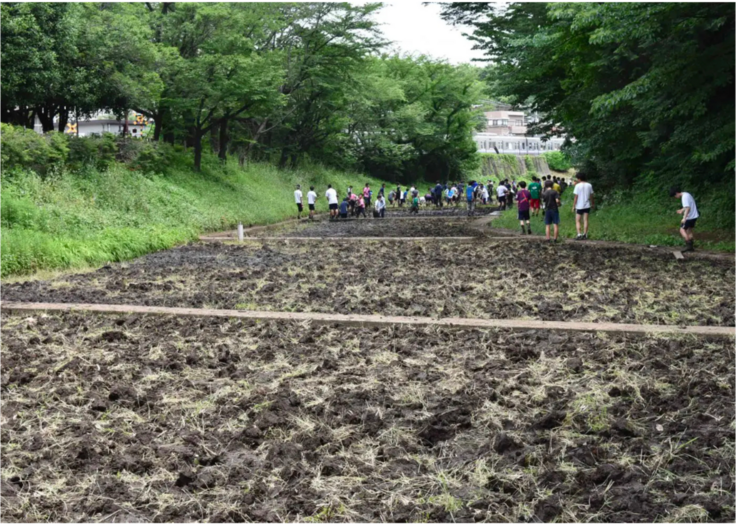
Part 2: Prevention of water leakage in the ridge
Holes and cracks that are difficult to see from the outside are found in the "ridge" that separates rice paddies from water channels or other rice paddies. Therefore, water comes out of these cracks, and there are many places where water cannot be stored sufficiently.
Such areas lead to dry fields, where weeds grow rampant while rice growth is poor, and rice plants don’t produce a full crop. In this renovation, we will also repair this ridge.
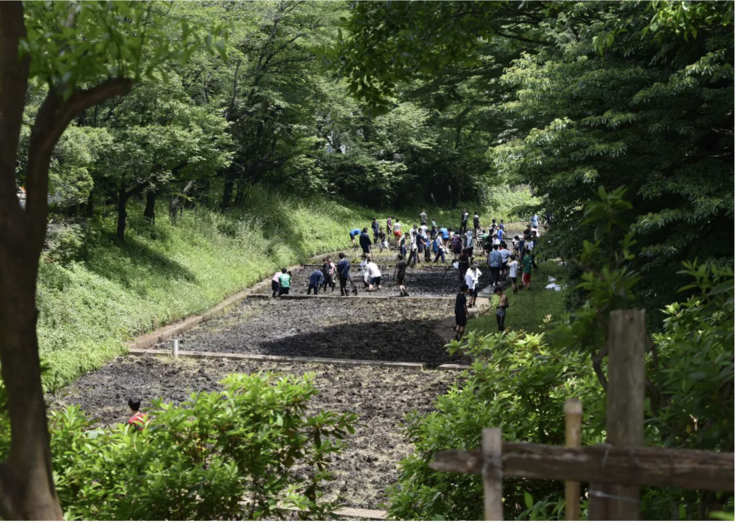
Part. 3: Ensuring land uniformity
The water level of rice fields affects the growth of rice plants. However, if there is a difference in height between the rice fields, the water level cannot be kept constant.
The whole rice field will be leveled while adding the new soil. In addition, we are planning to cut down unnecessary trees that are hindering our work.
A detailed maintenance plan has already been designed, but since a budget of 53 million JPY is required for the repair work, there is currently no prospect of implementation.
This time, we’ve taken on the challenge of crowdfunding with the aim of proceeding with the renovation of some sections.
We decided to set the goal in stages by dividing the construction into three sections. We will start the renovation work from the paddy field on the east side, which is in worse condition.
Construction schedule
After the completion of the 2022 paddy field study, we will start construction in November and finish by March.
In order to protect paddy fields and educational activities for a long time to come, we would like to improve them at this time.
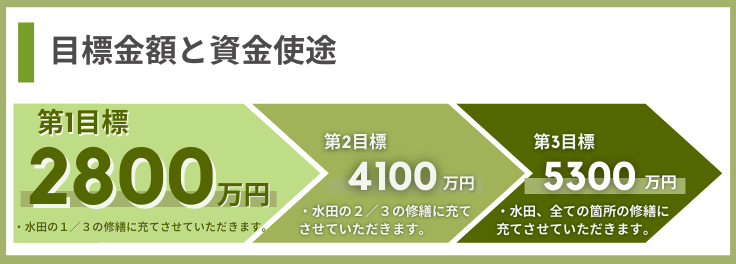
Paddy field study is an important event for all of our students and teachers. Based on the concept of "rice-paddy cultivation," we are implementing educational activities that gradually broaden our perspectives on rice cultivation by including content related to each subject in our classes.
We strongly hope that our students will continue to learn the joy of experiencing nature and harvesting crops with their own hands while being covered in mud.
In the 2022 academic year, the "Time for Comprehensive Exploration" will begin in high schools. In cooperation with research institutions, we will disseminate the traditional paddy field studies to various fields as examples of pioneering educational practices.
Veteran teachers have pointed out that rice yields have been decreasing year by year recently. It is natural for students to get a bit muddy during rice planting, but it is thought that the reason why their clothes are muddied during other processes such as mowing is because the rice fields are not in good condition.
If the paddy field condition returns to its original state, the work efficiency will increase and learning opportunities in the paddy field will become more fulfilling. If small agricultural machines are able to be used, the rice paddies can be used for many purposes, such as double-cropping with wheat or growing astragalus as green manure.
If we do this, we believe we can pass on this legacy to future generations as an agricultural heritage that will appeal not only to school officials but also to visitors.
We look forward to your support
Member Introductions

Yutaka Kitamura
Principal, Komaba Junior and Senior High School, University of Tsukuba; Professor, Faculty of Life and Environmental Sciences, University of Tsukuba
When I was a student, I was told by two of my former teachers that they had been in the Kellner rice paddies as a faculty member or student of the Faculty of Agriculture at Tokyo University of Education and had conducted research and development of agricultural machinery.
While I am engaged in rice processing research at my university, I feel that the time and opportunity has come for a large-scale repair of the Kellner paddy field, which can be said to be an agricultural heritage site. We look forward to your support in maintaining and sustaining Japan's oldest test and research paddy field. Thank you in advance.
Takamasa Watanabe
Teacher at Komaba Junior and Senior High School , University of Tsukuba, part-time lecturer at Tokyo University of Agriculture
In terms of the environmental aspects of paddy rice cultivation, the senior students faced various problems before harvest, such as irrigation water, bird protection measures, and levee restoration.
The Kellner paddy field has been improved repeatedly, by current and former members of the school's paddy field committee, homeroom teachers, and teachers in the General Affairs Department, and supported not only by school officials but also by many others, including Meguro town and the University of Tsukuba.
Kellner field has never stopped running water since it opened. We would like to continue our educational activities here as the birthplace of modern agricultural research and education.
Hiroshi Yamamoto
Executive Director of Wakaba-kai
Tsukukoma (formerly called Kyokoma) Wakaba-kai is an alumni association of the University of Tsukuba Komaba Junior and Senior High School. I'm in charge of that office.
The "Kellner rice field" is called by several nicknames including "Komaba Tanbo". It is a precious place where all students are involved in not only rice planting and harvesting, but also rice cultivation during their school days, creating unforgettable memories they hold deep in their hearts.
At a time when people are calling for the importance of biodiversity, we are eager to work together to develop this precious local property.
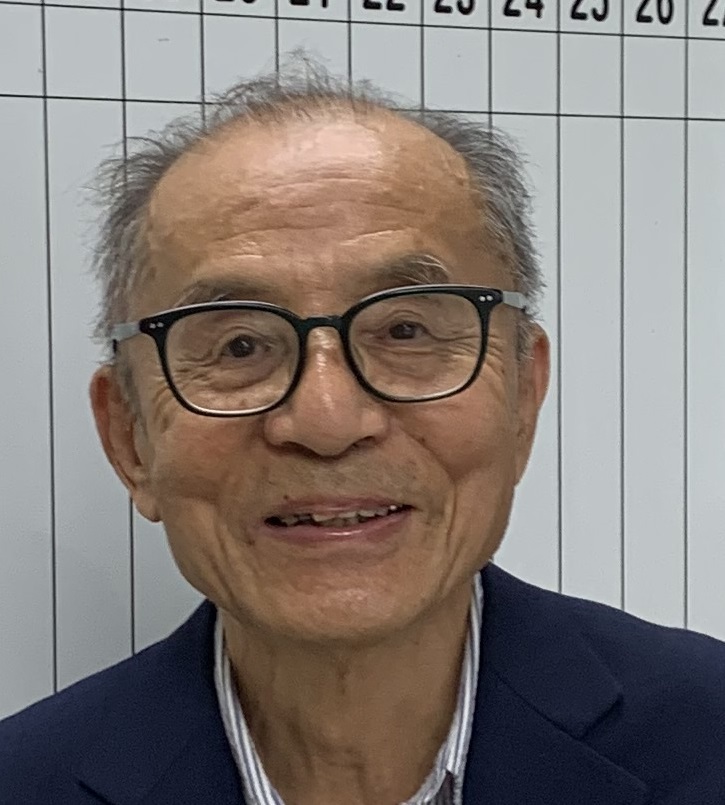
HIROSHI TSUJI
Chairman of Komaba area, Meguro-ku, Tokyo; Advisor of Wakaba-kai
As a person who was involved in the construction of the Rice Field Monument, which stands beside the Kernel Rice Field, and was an editor of the Komaba Rice Field Journal, I would like to ask for donations.
When the issue of food self-sufficiency was discussed, this Kellner paddy field was the first to lead the way. Graduates of this school later became Treasurers of the Hokkaido government, establishing rice paddies in Hokkaido, which has since become the largest rice producing prefecture in Japan.
This paddy field is a guidepost for mankind to follow in order to enrich the people through peaceful means.
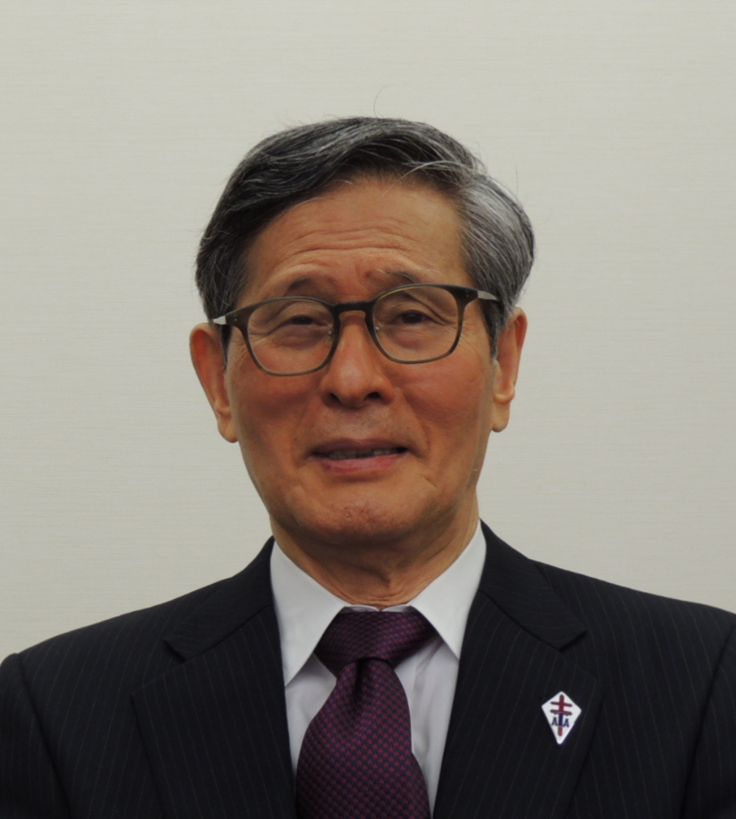
Shigeru Omi
Representative Director, Japan Anti-Tuberculosis Association (JATA)
I am currently the representative director of JATA and the chairman of the COVID-19 Prevention Subcommittee. I graduated from Komaba Junior & Senior High School, Tokyo Univ. of Education (Present Univ. of Tsukuba).
My high school years of planting and harvesting rice in the Kellner paddy fields were very precious experiences for me growing up in an urban city, and I still vividly remember them.
Recently, I heard that there are serious problems in continuous paddy field utilization, such as soil deterioration and poor drainage; however, I am convinced that agriculture is a vital part of our lives and will become increasingly important in the future.
In that sense, I have great expectations for the revival of the Kellner paddy fields.
Please refer to the website of the University of Tsukuba.
( https://futureship.sec.tsukuba.ac.jp/tax/index.html )
●ご寄附確定後の返金やキャンセルは、ご対応いたしかねますので、何卒ご了承ください。
●寄附完了時に「応援コメント」としていただいたメッセージは、本プロジェクトのプロジェクトのPRのために利用させていただく場合があります。
●寄附金受領証明書の名義・発送先は、原則としてご寄附時に入力いただいたお届け先の宛名と住所となります。
●なお、ご寄附完了後に上記情報を変更することはできず、のちにアカウント情報を変更された場合でも、ご寄附時に入力されたお届け先の宛名と住所は変更されません。個別にご連絡をいただかない限り、ご寄附時に入力いただいた宛名と住所に受領証明書をお送りさせていただくことになりますのでご注意ください。
ギフト
5,000円+システム利用料

寄付コースA
● メールでお礼のメッセージ※2022年8月中に送付予定
● 寄付金領収書
● HPにお名前掲載(希望制)※2022年8月中に予定
- - - - - -
※寄付金受領証明書に記載する寄付金受領日は、READYFORから本学に入金のある2022年09月となります。2022年10月末日までにお手元にお届けします。
- 申込数
- 162
- 在庫数
- 制限なし
- 発送完了予定月
- 2022年10月
10,000円+システム利用料

寄付コースB
● メールでお礼のメッセージ※2022年8月中に送付予定
● 寄付金領収書
● 活動報告書(PDF形式でメールで送付)※2023年8月までに送付予定
● HPにお名前掲載(希望制)※2022年8月中に予定
- - - - - -
※寄付金受領証明書に記載する寄付金受領日は、READYFORから本学に入金のある2022年09月となります。2022年10月末日までにお手元にお届けします。
- 申込数
- 413
- 在庫数
- 制限なし
- 発送完了予定月
- 2023年8月
5,000円+システム利用料

寄付コースA
● メールでお礼のメッセージ※2022年8月中に送付予定
● 寄付金領収書
● HPにお名前掲載(希望制)※2022年8月中に予定
- - - - - -
※寄付金受領証明書に記載する寄付金受領日は、READYFORから本学に入金のある2022年09月となります。2022年10月末日までにお手元にお届けします。
- 申込数
- 162
- 在庫数
- 制限なし
- 発送完了予定月
- 2022年10月
10,000円+システム利用料

寄付コースB
● メールでお礼のメッセージ※2022年8月中に送付予定
● 寄付金領収書
● 活動報告書(PDF形式でメールで送付)※2023年8月までに送付予定
● HPにお名前掲載(希望制)※2022年8月中に予定
- - - - - -
※寄付金受領証明書に記載する寄付金受領日は、READYFORから本学に入金のある2022年09月となります。2022年10月末日までにお手元にお届けします。
- 申込数
- 413
- 在庫数
- 制限なし
- 発送完了予定月
- 2023年8月
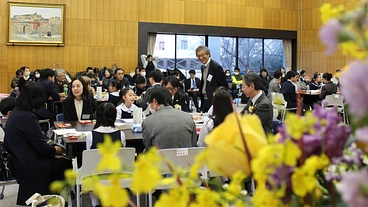
「科学の芽」賞と子どもたちの「好き」を一緒に応援しませんか?
- 現在
- 1,900,000円
- 寄付者
- 95人
- 残り
- 10日
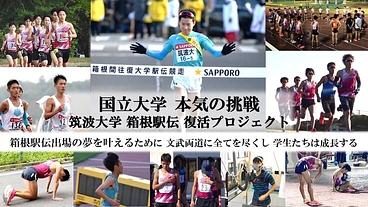
箱根駅伝出場を目指す国立大学の本気の挑戦!サポーター募集中!
- 総計
- 135人
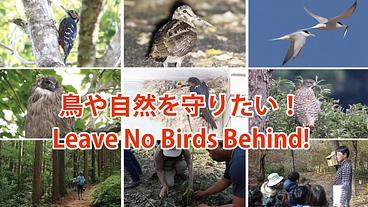
鳥サポーター募集中|鳥と人の共生を目指す活動にご支援を!
- 総計
- 38人
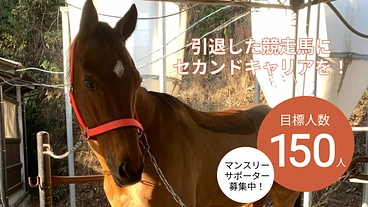
引退競走馬にセカンドキャリアを!!
- 総計
- 101人
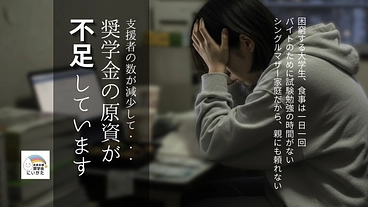
奨学金の原資が不足しています│未来応援奨学金にいがた2025
- 現在
- 1,729,000円
- 支援者
- 90人
- 残り
- 29日
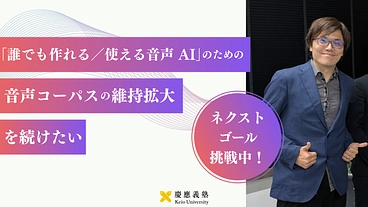
多領域と未来を紡ぐ「音声コーパス」の継続的な維持・拡大へのご寄付を
- 現在
- 3,270,000円
- 寄付者
- 78人
- 残り
- 35日
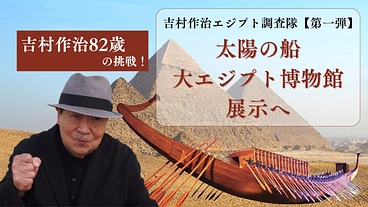
吉村作治エジプト調査隊 太陽の船 大エジプト博物館展示へ【第一弾】
- 現在
- 5,870,000円
- 支援者
- 153人
- 残り
- 67日
髄膜脳炎と闘う3才のラニーにご支援をお願いします!
- 支援総額
- 515,000円
- 支援者
- 19人
- 終了日
- 5/16
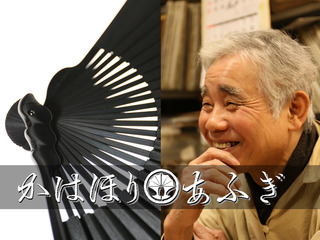
サラリーマンが挑む世界初の京扇子作り!国産扇子の危機を訴えたい!
- 支援総額
- 2,598,000円
- 支援者
- 94人
- 終了日
- 7/24
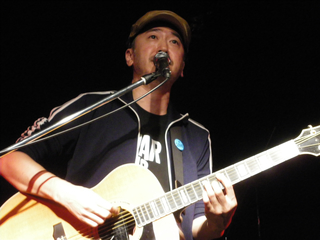
音楽の力で脱原発と反戦、反貧困を訴えたい!仙台でライブを!
- 支援総額
- 47,000円
- 支援者
- 10人
- 終了日
- 5/2
プロ選手がプロデュースするバスケットボールスクールを作りたい!
- 支援総額
- 839,500円
- 支援者
- 61人
- 終了日
- 4/10
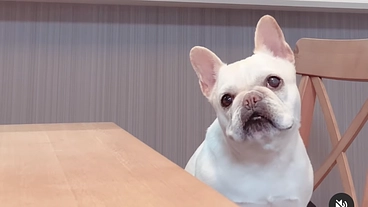
脳腫瘍なんかに打ち勝つありちゃん、元気なので絶対に死なせません!!
- 支援総額
- 941,000円
- 支援者
- 153人
- 終了日
- 5/3
【実践SDGs】米ぬか未利用資源から健康美容サプリメントを開発!
- 支援総額
- 1,932,000円
- 支援者
- 112人
- 終了日
- 4/30
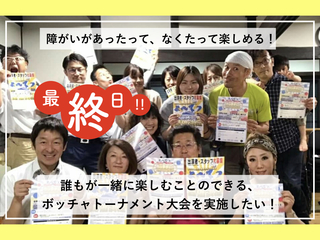
障がい者と健常者の架け橋に!ボッチャトーナメントカップを開催
- 支援総額
- 617,000円
- 支援者
- 48人
- 終了日
- 7/31

